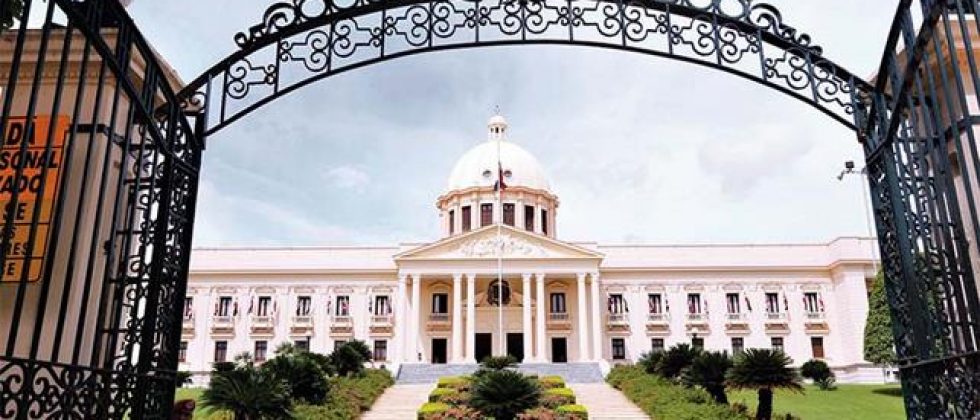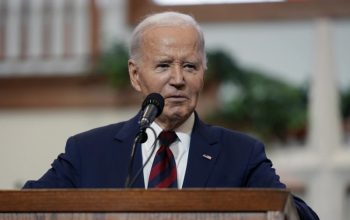news
“The World Crisis and our National Budget”, an article by Dr. Leonel Fernández
October 3, 2022
When Dominican authorities began to prepare the macroeconomic context needed for the formulation of the 2023 National Budget Bill, it was recognized that the growth of the world economy will be lower than initially forecast, going from 4.4 percent to just 3.2 percent.
Furthermore, according to the data, for most countries the estimates made in January 2022 regarding economic growth show negative differences when compared to what was achieved in the second half of this year.
For 2023, world economic growth projections are worse. It is expected that growth will register at a rate of 2.9 percent; and as far as the most advanced nations on the planet are concerned, it is considered that this growth will only reach 1.4 percent.
In short, what these numbers indicate is that the world economy is undergoing a serious crisis.
The origin of this crisis is found in the application of expansive monetary and fiscal policies, as a consequence of the severe contraction experienced by the world economy during the Covid-19 pandemic.
Due to the spread of the pandemic countries were forced to adopt lockdown measures, bringing the global economy to a standstill.
The crash experienced was the largest in a century. The decrease in the capacity to generate wealth was abysmal. Unemployment skyrocketed and a feeling of frustration, helplessness and uncertainty spread everywhere.
Faced with this tragic and gloomy situation, there was only one road ahead: expand public spending by having the central banks issue more money.
That’s how it was done. That is how the Federal Reserve of the United States, the European Central Bank, and the central banks of Latin America decided to proceed. And, of course, the Central Bank of the Dominican Republic followed in their steps.
Unexpected Consequences
What central banks around the world did – that is, to issue money that would provide much-needed oxygen to dying economies – was entirely correct.
The outstanding weakness seemed to lie in not having adequately calculated the magnitude or dimension of the resources that could be assimilated by the markets.
However, the economies overheated. This is so, especially if one takes into consideration that the United States, starting with the financial crisis of 2008 until the beginning of the pandemic in 2020 – that is for 12 consecutive years – continued with its policy of monetary expansion.
So that enormous amount of money, destined to finance social policies and stimulate the reactivation of economic growth, ended up becoming the fundamental cause of the inflation that was unleashed, the highest recorded in the last 40 years.
Furthermore, other factors were added that also explain the current rise in prices, such as the disruption of global production and distribution chains, the increase in sea freight, and the war between Russia and Ukraine.
However, faced with the specter of inflation, the central banks, in principle – starting with the US Federal Reserve – did not react in a timely manner. They believed that it was something transitory, that the situation would soon disappear.
But this is not what has occurred. Current inflation rates have proven to be particularly persistent, defying the world’s monetary authorities.
In the Dominican Republic, when the rise in the prices of basic necessities was unleashed, the government mistakenly believed that the situation could be solved by signing agreements with the private sector.
The Central Bank, on the other hand, has had to admit in its official documents that it was wrong in determining the duration of the situation. Although it projected an inflation target of 4.5 percent for 2022, this number practically doubled, reaching more than eight percent.
Somber Solutions
As a way to reduce consumer prices, beginning late last year and during the entire run of 2022, 90 central banks around the world have been periodically increasing the reference rates of their monetary policies, as well as reducing the liquidity of the financial system.
In spite of these measures, merchandise prices have not dropped as expected, forcing the monetary authorities to continue increasing their interest rates.
The head of the United States Federal Reserve, Jerome Powell, in a recent meeting with his colleagues in Jackson Hole, Wyoming, stated that he will continue to raise interest rates until inflation is under control, regardless of the social unrest that this decision may provoke.
In light of his statements, the markets have panicked. They operate in an archaic and volatile manner, as they feel the imminent risk of a hard landing of the economy, in the form of a recession.
This is evidenced by the negative growth the U.S. economy has experienced during the last three quarters of this year, a phenomenon that had not been seen since the Great Recession of 2008-2009.
Last September the stock value index of the top 500 U.S. companies fell by 10 percent. Similarly, during the entire year the stock market, which includes the Dow Jones Industrial Average, the SP 500 and the Nasdaq-listed high-tech companies tumbled by 25 percent.
The global GDP, originally projected at 4.5 percent, will only grow three percent this year. China, which was growing above an annual average of 12 percent, will now only reach 2.8 percent. Europe, due to the energy crisis, will fall into a recession. Latin America will follow the same path of decline.
In short, in the midst of all this world panorama, scary and gloomy, the battle to lower inflation and avoid recession is far from over. It is in this context that the 2023 Dominican Budget Bill is being prepared by the authorities. Unfortunately, the reelection shadow is beginning to show its presence.
The provinces with the largest number of voters will receive larger budgets. In some cases, these numbers will double in comparison to last year´s numbers.
On the other hand, those with the lowest number of voters will see their budgets further reduced. Such are the cases involving the provinces of San José de Ocoa, Bahoruco, Pedernales, El Seibo and Hato Mayor.
For the poorer sectors, however, there is hope. The budget includes the construction of a community center in Bonao, and a fishing dock in Samaná, both valued at two million pesos.
Hopefully, these will not fall into the category of broken promises. Let us hope the government is efficient and will be able to execute these projects.





